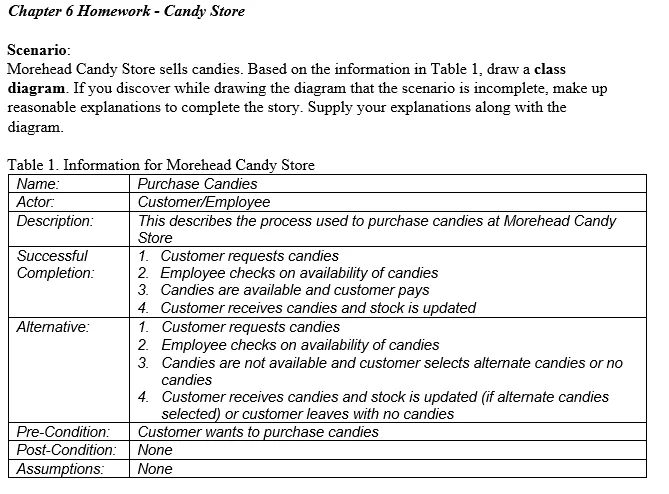On its face, a headline like Major Candy Company Files for Bankruptcy Just Days Before Halloween is a paradox. CandyWarehouse.com, a Texas-based online confectioner, filed for Chapter 11 bankruptcy protection on October 24th. The timing is almost poetically tragic—a candy company collapsing just as its peak sales season, the Halloween sugar rush, gets underway.
This event is unfolding against a backdrop of seemingly robust market data. The National Retail Federation (NRF) is forecasting a record-breaking Halloween. Americans are projected to spend an astonishing $13.1 billion this year, with a significant slice of that—$3.9 billion, to be exact—earmarked for candy.
So, we are left with a fundamental question. How does a candy distributor go bust in what is supposedly the biggest candy market in history? The answer, once you dig into the numbers, is that the macro-level data is telling a very different story than the micro-level reality. The headline figures are masking a brutal market shift that is crushing smaller, specialized players. This isn't a story about a lack of demand for candy; it's a story about where that demand is being channeled.
Before we get to the market dynamics, let's look at the company’s specific financial state. The Chapter 11 filing for CandyWarehouse.com paints a stark picture of a business on the brink. The petition lists assets between $100,000 and $500,000, while liabilities are in the range of $1 million to $10 million. Court documents provide more precision: assets are estimated at just $224,000 against liabilities of roughly $2.8 million. That’s a debt-to-asset ratio of more than 12-to-1. You don’t need a background in finance to understand that this is an untenable position.
This isn't a sudden event. According to e-commerce analytics from Grips Intelligence, the company’s sales have been in a sustained decline. After dropping 10 to 20 percent last year to $4.5 million, sales are projected to fall another 20 to 50 percent in 2025. Let’s call it what it is: a business in freefall.
In a statement, President and CEO Mimi Kwan attributed the company's struggles to the familiar narrative of the post-pandemic economy. "Like many small businesses, the pandemic and rising costs hit us hard, and we haven’t fully bounced back yet," she explained. She positions the company as "a little fish in a very big sea," competing against giants like Amazon, Target, and Walmart.

I've looked at hundreds of these filings, and while that narrative is emotionally resonant, it's an incomplete diagnosis. The pandemic and inflation are headwinds affecting everyone. The critical question is why this particular business model failed to navigate them when the overall market for its product is supposedly booming. The data suggests the problem isn't just the "rising costs" but a fundamental inability to compete in a market that has become ruthlessly efficient and price-sensitive.
This brings us back to the NRF's glowing forecast of $3.9 billion in candy sales (a figure that makes for great press releases but offers little strategic insight). This number is what analysts call an aggregate. It tells us the total size of the pie, but it tells us nothing about how that pie is being sliced. And the fine print of the NRF's own research reveals the knife.
The same NRF poll that produced the record-spending figure also found that the number of consumers picking discount stores as their primary Halloween shopping destination has risen to 42 percent, up from 37 percent last year. This is the key data point. It’s the story behind the story.
This shift is a direct response to pricing pressure. An analysis of NielsenIQ data found that candy prices are up 10.8 percent this year, a rate nearly four times that of overall inflation. This is driven by supply chain issues, poor harvests for cocoa, and new tariffs. A survey from financial services firm Empower confirms the consumer reaction: 57 percent of Americans are reconsidering how much chocolate they’ll buy because of the price hikes.
Here, the entire picture comes into focus. The market isn’t a rising tide lifting all boats. It’s more like a powerful current pulling all the water toward a few massive whirlpools. Consumers, spooked by high prices, are consolidating their spending at big-box retailers and discount chains that can leverage economies of scale to offer lower prices and bulk deals. They aren't stopping their candy purchases, but they are optimizing them.
This is a market environment that is toxic for a specialized e-commerce player like CandyWarehouse.com. Mimi Kwan highlighted that the company's operations are all in-house, from customer service to packing orders in a climate-controlled warehouse. These are markers of quality and care, but they are also cost centers. In a market where the consumer's primary driver has become price, these features become liabilities. The company was structured to serve a customer who values selection and service, but the market has shifted to prioritize value above all else.
The story of CandyWarehouse.com isn't a tragedy of a dying market. The market for candy is, by all accounts, larger than ever. This is a tragedy of category. The company was a specialty retailer that got caught in a commoditized, price-driven market. The CEO’s narrative of a "small fish" is true, but it misses the crucial point: the ocean's ecosystem changed. The plankton—the individual consumer dollars—are no longer spread evenly; they are being sucked up by the filter-feeding whales of retail. The "record spending" figure wasn't a sign of industry health; it was a warning signal of market consolidation that this company, and likely others, failed to heed.